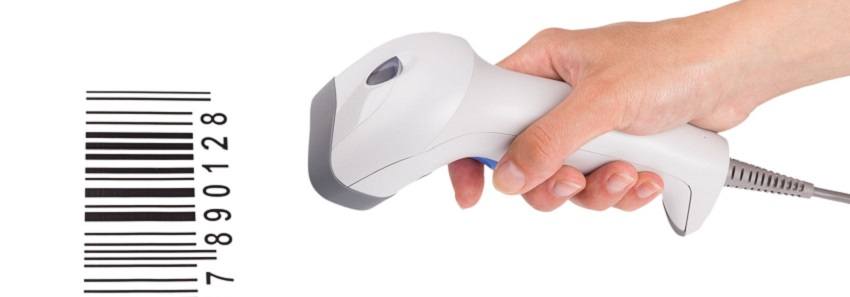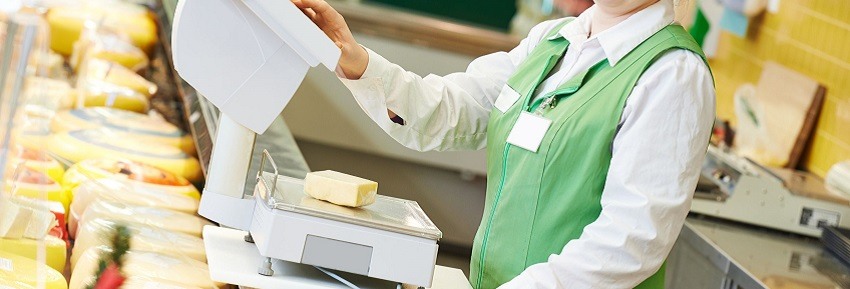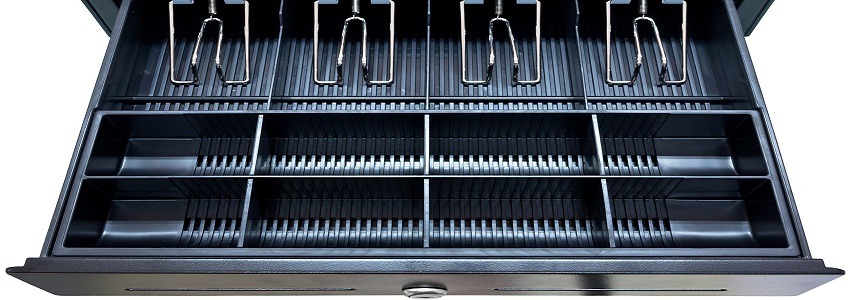

EPOS: Understanding and evaluating barcode scanners
Barcode scanners are a must add-on to any Epos system used by most businesses in the retail industry, where all products have barcodes on their tags. From laser to CCD, different types of scanning technologies are available on the market. The “packaging” of the device, allowing either hands-free, portable, mobile or wearable use, also makes a difference, so interested businesses may really choose from many, many different models at very different prices.
Here’s a quick review of the available options.

Types of barcode scanners
Scanners can either use laser or CCD technologies to retrieve information from the barcode. Additionally, the package can be either wearable, hands-free, wireless or pen-shaped.
Laser barcode scanners
These are the most widespread barcode scanners. They can accurately scan from a distance up to 24 inches, or even up to 8 feet for long-range models.
CCD scanners
CCD, standing for Charge-Couple Device, is another technology used by barcode scanners. Models are usually faster than their laser counterparts, but suffer from special limitations:
- supported barcodes cannot be larger than the scanning surface;
- range is more limited, with scanning possible only up to 3 inches away.
Hands-free scanners
Hands-free barcode scanners, also known as fixed-mount scanners, are largely used in supermarkets and convenience stores these days. With this type of scanners, usually placed in front of the user, you can keep your hands free to swipe the product with the barcode, right before the scanning lens. They are so simple to use that they are actually now the preferred technology for self-checkout machines.
Wireless scanners
The preferred scanner types for warehouse use, wireless scanners can operate wirelessly at a distance from the base unit up to several metres, allowing easier scanning of bulky products and packages.
Wearable scanners
Portable does not always mean wearable: wearable scanners are examples of wearable tech, as they are worn as rings on one or more fingers. They are operated either by pressing the unit, while pointing it at the barcode, or simply by targeting the barcode with the scanner.
Pen/wand scanners
Pen or wand scanners are completely human powered. Users gently swipe the pen across the barcode to retrieve information. Some training is required, as swiping needs be both not too fast and not too slow to correctly work. Other disadvantages include a very short operating range and the need of frequent, careful cleaning.
Prices
Depending on the technology and format used, barcode scanners can cost as little as £20, and as much as £750.
Laser barcode scanners
There’s a really large number of models available, and they can cost anywhere between £20 to £300.
Hands-free scanners
Hands-free scanners can cost between £150 and £400
Wireless scanners
Wireless scanners may cost between £40 and £300.
Wearable scanners
Wearable scanners are the most expensive ones and will cost not less than £300 and up to £750.
Pen/wand scanners
Pen/wand scanners are at the other end of the spectrum and can be as cheap as £20, or cost as much as £100 or more for advanced models.






